Devices aren't really hot swappable. Boards however can be. (Obviously this IC is designed to make designing a hot swappable board easier.)
The main issue with hot swapping is that you can't control the order in which the pins mate. So you have to consider that whatever pins are on the connector might come up in any old order. Also, depending on what the system is, some of those pins might be driven with signals or power busses.
Typical measures taken to make a design OK for hot swap:
- protective diodes to stop (for instance) a signal line getting to a much higher potential than the power pins on a device (some linear regulators for instance can latch up if pins connect in the wrong sequence.)
- selecting devices that handle this kind of situation well
- possibly some sort of timing logic to manage the way the board powers up, or the sequence in which various circuits on it start.
Another issue might be (if you have digital busses) a newly introduced device causing corruption of comms between other devices. So that needs to be handled somehow.
Yet another problem might be that the board being plugged in as at a significantly different static potential to the system, if the operator is careless. So it might well be necessary to have protection against this.
There are likely other possible issues that others will discuss, but this a partial list.
